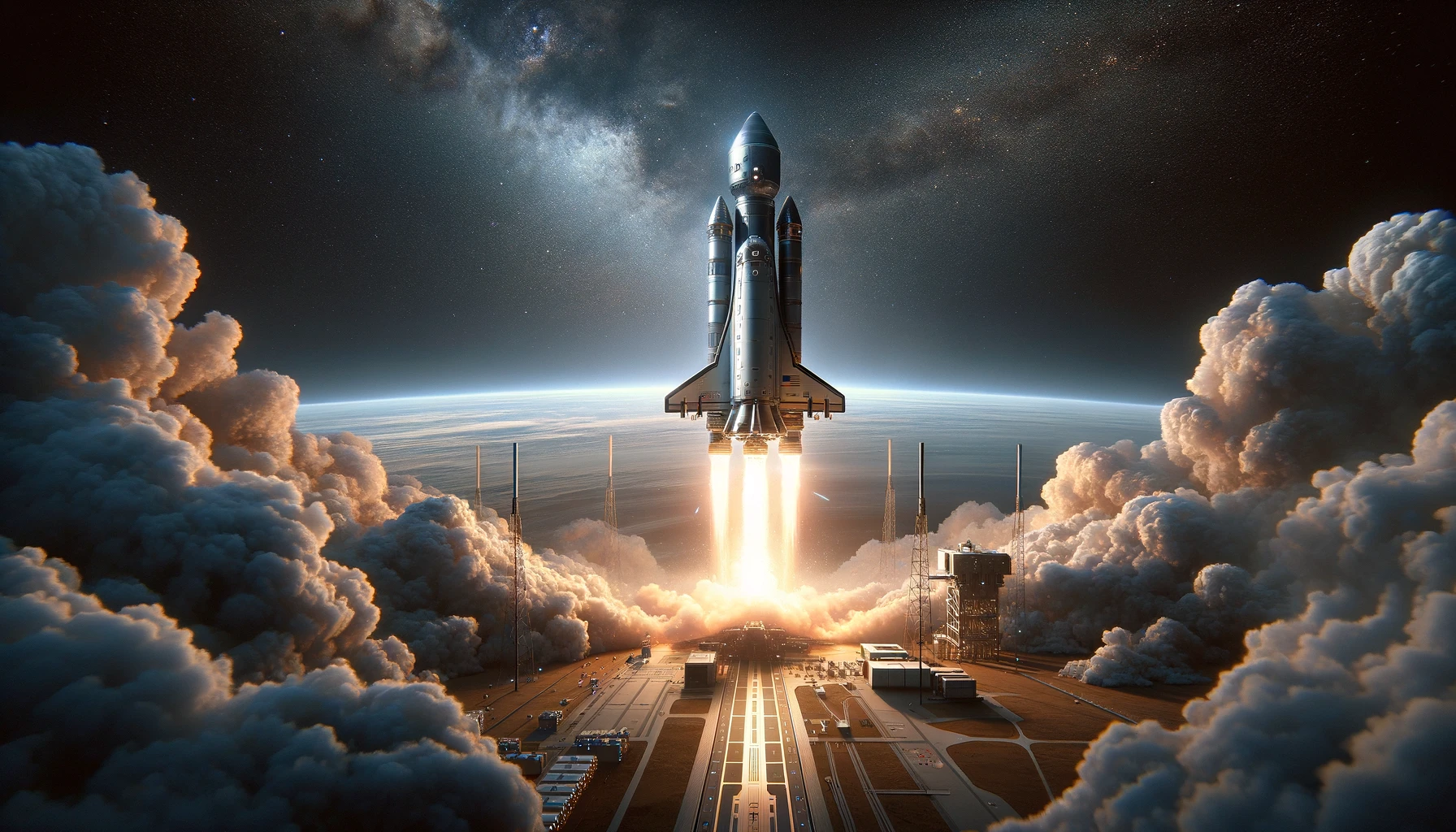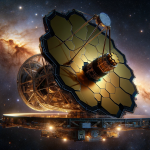In a significant milestone for NASA‘s Commercial Crew Program, the agency is gearing up for the highly anticipated Boeing Crew Flight Test to the International Space Station (ISS). This mission, set for a nighttime launch on May 6 from Cape Canaveral, marks the Starliner spacecraft’s first crewed test. Astronauts Butch Wilmore and Suni Williams will pilot the spacecraft, aiming to validate its performance from launch to Earth return. The successful completion of this mission will edge NASA closer to certifying the Starliner for regular crewed missions, enhancing U.S. autonomy in space travel.
NASA’s journey towards re-establishing American crewed launch capability has been a focus since the shuttle era ended. Collaborations with private companies like Boeing have aimed to ensure reliable and cost-effective access to space. This upcoming test not only underscores advancements in space technology but also highlights the growing synergies between governmental and private sectors in space exploration.
Details of the Mission
The crew, Wilmore and Williams, will launch aboard an Atlas V rocket operated by United Launch Alliance, docking with the ISS for a week-long mission. Tests will assess the Starliner’s systems performance throughout the entire mission, including its docking and undocking procedures with the ISS.
Media and Public Engagement
NASA has outlined a detailed schedule for media engagement on April 25, including briefings and a flight test readiness review. Although the deadline for in-person media accreditation has passed, the events can be followed live through various NASA platforms. This approach ensures transparency and keeps the public informed and engaged with the developments of the mission.
Global Participation and Future Prospects
While focusing on the upcoming test flight, NASA’s broader vision includes more extensive collaborations and technological advancements. These initiatives aim to maintain the ISS as a hub for innovation and a stepping stone for more ambitious missions, possibly extending human reach to the Moon and Mars.
For additional insights, Engadget in their article “Boeing’s Starliner Scheduled for Another Test Flight” and SpaceNews in “NASA Confirms Boeing Starliner’s Readiness for Upcoming Mission” provide comprehensive overviews of preparatory activities and technical enhancements leading up to this mission. Both articles highlight the iterative improvements made to the Starliner spacecraft following previous uncrewed tests, setting a cautiously optimistic tone for the upcoming crewed flight.
Useful Information
- NASA expects this test to confirm Starliner’s operational reliability.
- The mission supports NASA’s goal of safe, cost-effective American space transport.
- Public and media engagement in the mission is high, reflecting broad support for NASA’s objectives.
As NASA reaches a pivotal moment with the Starliner’s crewed flight test, the mission stands as a testament to years of meticulous planning and partnership. Beyond its immediate goals, this test represents a critical step toward more sustainable and frequent human spaceflight. By ensuring the Starliner can safely carry astronauts to and from the ISS, NASA moves closer to having a dependable American-operated route to space, which is essential for the planned intensification of lunar and Martian exploration. This mission not only advances our capabilities but also ensures that the ISS continues to be a beacon of international scientific collaboration.










